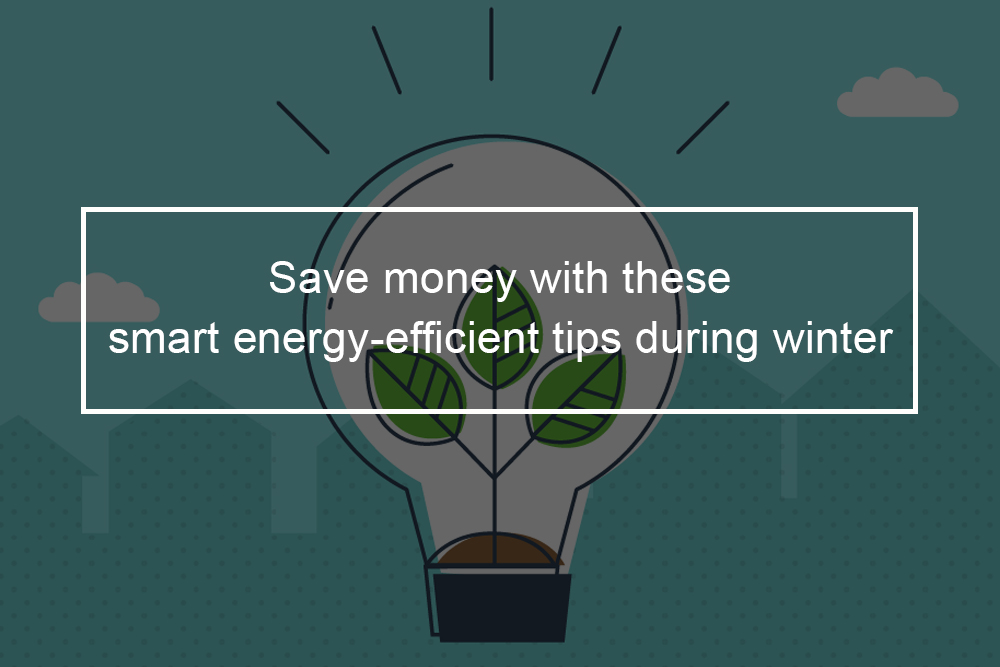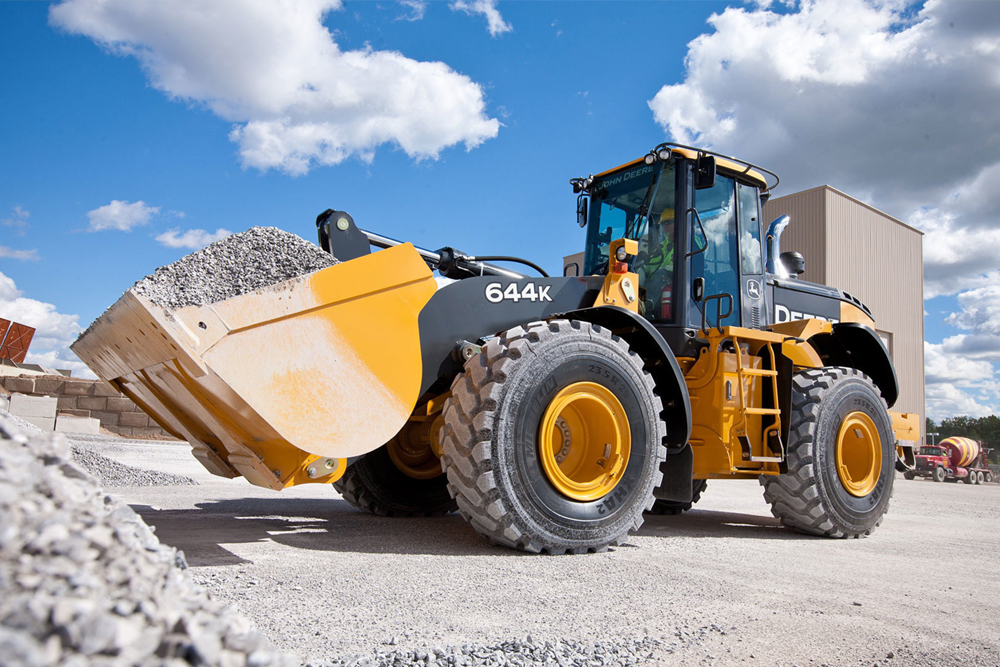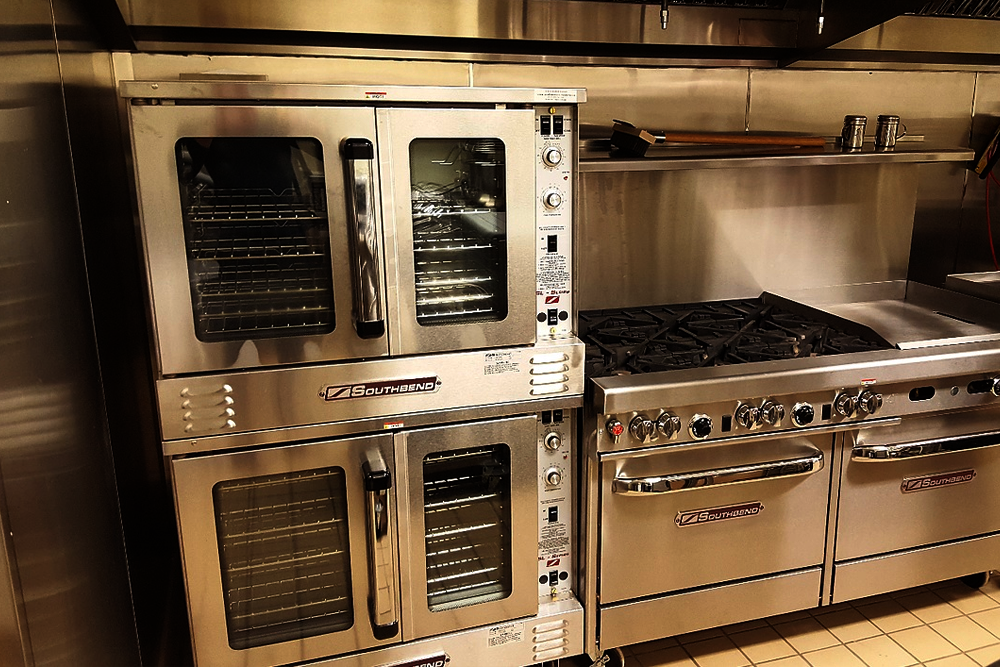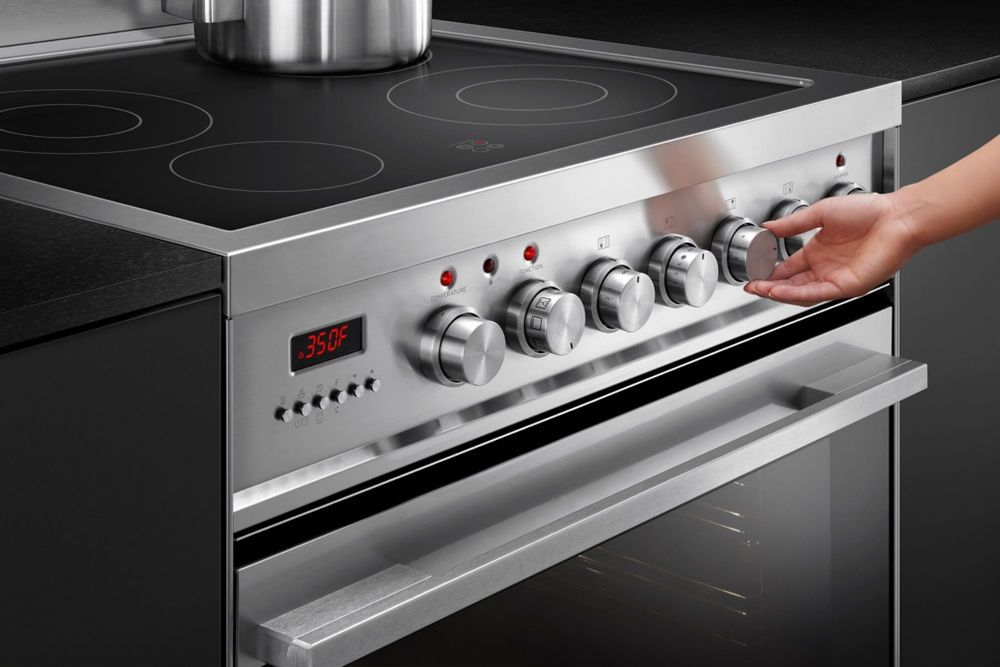
If you have not already, conduct an energy audit to identify where you can save the most, and consider making a more substantial investment for long-term energy savings.
Top twenty energy-saving tips to help you make sure your home is ready to combat the big chill
Deal with the draughts
Draughts coming in through the floor, windows, and doors can significantly contribute to energy waste.
Even though they might appear small, cracks and gaps can let out a large amount of heat, while allowing cold air to increase your bills. One way to manage this is by installing draught excluders on your windows and doors. Even cat flaps and keyholes can make a big difference, so try to keep them covered. Alternatively, insulating strips, sealants, and rolled up newspapers can go a long way to making sure heat stays in your house. Lastly, double-glazing is exceptionally effective at keeping your home well insulated. While installation can be costly, it is a definite way to save on heating bills.
Switch your ceiling fan’s blade rotation
Chances are you have never thought about what direction your fan is spinning; however, the blades’ rotation can really help you save on your winter heating bill. Hot air rises, thus reversing your fan’s blades to a clockwise rotation can push that warmth right back down to you.
Upgrade your wood-burning fireplace
We all love a good crackling fire; however, your old wood-burning fireplace could be costing you more money than you think. Consider upgrading your fireplace to an EPA certified-version or more efficient insert-you will conserve energy and might even get a tax credit.
Reduce heat from the fireplace
The following tips will help you keep the fireplace heat low:
- Keep your fireplace damper closed, not unless a fire is burning: Having a damper open is similar to keeping a window wide open during the winter; it lets warm air go right up the chimney.
- When you use the fireplace, lower the heat loss by opening dampers in the bottom of the firebox or open the nearest window slightly- approximately one inch- and close doors leading into the room. Lower the thermostat setting around 50° and 55°F.
- If you use the fireplace, install tempered glass doors and a heat-air exchange system that blows warm air back into the room.
- Cork and seal the chimney flue if you do not use it.
- Make sure the seal on the fireplace flue damper is snug as possible
- Buy grates made of C-shaped metal tubes to draw cool room air into the fireplace and circulate warm air back into the room.
- Add caulking around the fireplace hearth.
Consider smart heating
Thanks to the improvement of technology, we have an aid to help us get to grips on our energy usage, and possibly cut our bills. Devices like smart thermostats can go a long way to reducing heating bills by allowing greater control. Apart from giving you the choice of heating specific rooms, smart thermostats can learn your home heating habits- enabling you to consistently maintain the right temperature at the right time of the day. Current innovations, like handy apps, have been designed to make smart technology even more convenient. If used well, it is estimated that they can save households more than $150 a year.
Make use of heat from the sun
During the day, open your curtains on the south-facing windows to allow sunlight to naturally heat your house and close them at night to lessen the chill you might feel from cold windows.
Cover drafty windows
Use a clear plastic sheet on a frame, tape clear plastic film, or a heavy-duty duty to the inside of your window frames through the cold winter months. Ensure the plastic is sealed tightly to the frame to reduce infiltration.
You can also install tight-fitting, insulating shades or drapes on windows that feel drafty after weathering. Alternatively, you can find other window treatments and coverings that can improve energy efficiency.
Turn off your units
Through our habits, we are quite used to using the standby button to turn off and on our electric appliances, when in fact, it is far more efficient to turn them off completely. Mobile phones, TVs, laptops chargers are still switched on even when they are on standby, which indicates they are using energy unnecessarily. Switching off appliances properly will help you save.
Choose efficient fuels for off-grid areas
If you are living off-grid and choose an energy-efficient fuel, it could be great to keep your bills low. This can be done by switching from one traditional off-grid fuels such as oil to a cleaner, greener option such as liquefied petroleum gas (LPG). With the modest carbon footprint of any off-grid fossil fuel, LPG is better for the environment, and it is inexpensive. Its abundance of supply also makes it dependable, so you do not need to worry about running out.
Compare energy prices
With utility bills being one of the leading contributions to an entire household cost, you could potentially save hundreds of dollars per year if you switch providers. Note that it is not just the Big providers that offer competitive deals, switching to a smaller energy supplier can also mean a reduction in bills.
Get used to cold wash
When that chore comes that you require to wash your clothes, opting for a lower temperature is an easy way to save money. Merely turning the temperature down from forty to thirty degrees can be cheaper. Over the space of the year, it can add up to save you a lot of money. An occasional hot wash is still a good idea even though it makes the washing machine to remain clean.
Maintain your heating systems
Schedule a service for your heating system. When it comes to furnaces and heat pumps, replace your filter once per month or as required. It is also essential to find out more about maintaining boilers or furnaces and heat pumps.
When it comes to wood and pellet-burning heaters, clean the flue vent often and clean the inside of the device with a wire brush periodically to make sure that your home is heated efficiently.
Rock your winter wardrobe indoors
Mittens, earmuffs, and scarves- make your home your runway and stay bundled in your winter best. You can save five percent on every degree you drop your thermostat between sixty and seventy degrees, so wear some fuzzy socks and matching PJs to allow your clothes to do the warming.
Consider insulating your home
If you have the right insulation in place, you could make significant savings. It is approximated that a quarter of all heat from your home could be lost through your roof if proper insulation is not in place. There are insulation grants, so insulating your home can be easier than you think.
Alternatively, smaller quick fixes can also help- foam tubes that cover your pipes can keep your water warmer for longer and cost a few dollars. You can also use a lagging jacket that fits over your boiler and assists retain heat. At around $5, they are a cost-effective way to prevent you from using extra energy to reheat the water.
Cook clever
The oven heats every shelf regardless of whether there is food on each shelf, so make the most of the energy you are using by cooking more than one thing. Try cooking several meals at once- you will have dinner sorted for the rest of the week, and you will save on energy.
Keep internal doors closed
Keeping doors closed within the house will trap heat in every room and mean you use less energy to warm up your home. To keep all the rooms cozier, use a thick mat to block the heat from escaping through the gap underneath the door.
Treat yourself to a wooly winter throw
Putting a luxurious warm blanket over your duvet makes the room look lovely, but it will also make the difference on a cold winter’s night, meaning you can keep your heating at a lower temperature.
Double-check your energy bill
The billing division at the utility company can make mistakes. Question any strange numbers and ensure the meter matches up with usage posted on the bill.
Let the laundry pile up
The washer uses the same amount of energy despite how much you stuff in. It is more energy-efficient to do big loads than small loads.
Install quilted curtains to block drafts
If you turn up the heat in the house to compensate for drafty windows, consider using quilted curtains, which can enhance your comfort and allow you to keep the temp down. The curtains are available in various sizes, patterns, and colors. Enter a quilted curtain in a search engine to find retailers. Generally, a curtain can be installed in less than ten minutes on your existing curtain rod.











